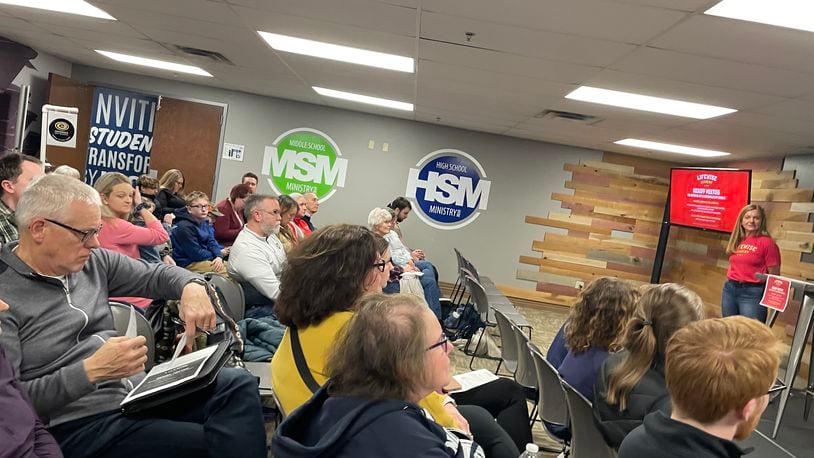Here are five things to know about the issue:
1. Our investigation: Our reporters spoke with organizers, critics and school districts. They obtained program curriculum and researched legal opinions. They attended public meetings about efforts to expand the program to Dayton and Kettering schools.
2. What we found: Go here for our full investigation, including video, sample curriculum and Constitutional ramifications. In short:
- How widespread? Of the 57 school districts in Montgomery, Miami, Greene, Warren, Clark and Butler cCounties, LifeWise Academy works with 12. Groups in four other districts are seeking approval, and others yet are in the beginning stages.
- How it works: The privately funded program facilitates Christian religious instruction for public school students during school hours in lieu of electives or during lunch for one hour a week.
3. Proponents say: Supporters of LifeWise Academy say it’s an opportunity to provide Bible-based lessons for families who want it.
4. Critics say: Critics point to the evangelical aspects of the program and express concern it’s religious indoctrination facilitated by public schools.
5. Participation rates: One local school district voted to not allow the program. Of those who do allow it, it’s most common in elementary school and participation varies from less than 1% of students to about 39% in the grades where it’s offered.
About the Author
